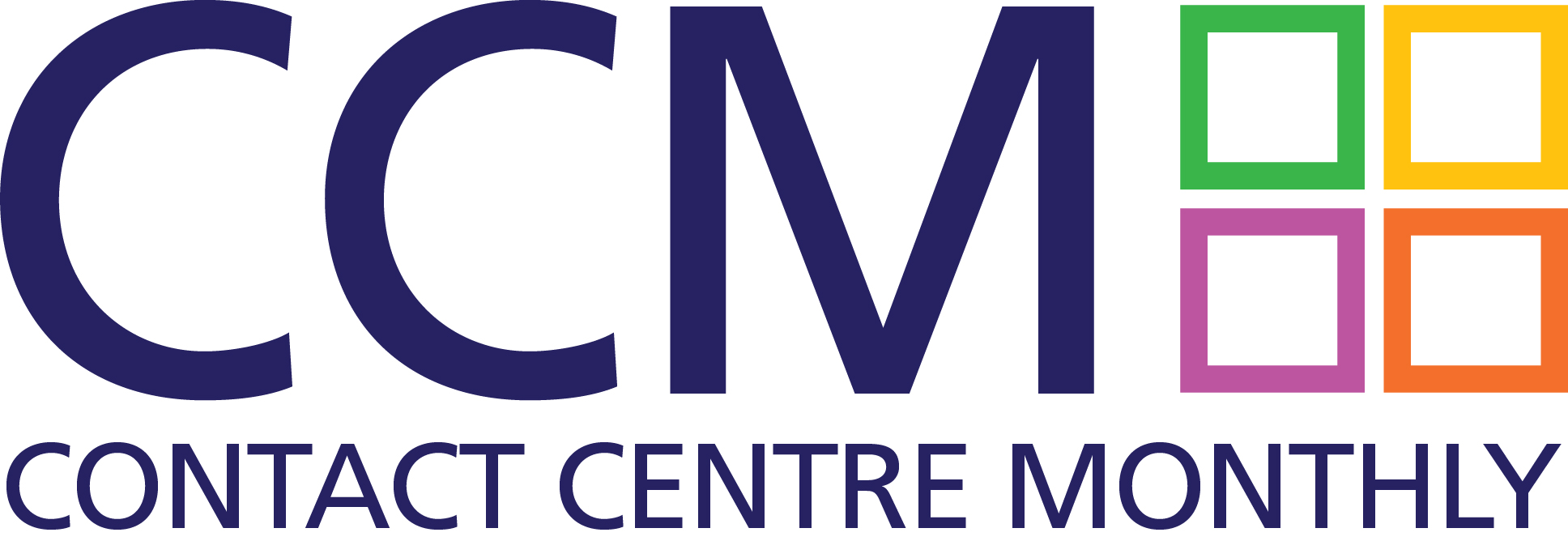The Covid-19 pandemic has changed the way many brands interact with their customers. Over the last 18 or so months, consumers have had to embrace new means of communication with companies, which significantly accelerated the shift to digital.
Yet, as research from Hubspot demonstrates, companies cannot solely rely on digital means of communication to speal to their customers. Instead, they need to take a multi-channel approach that best suits the nature of the enquiries they are responding to.
As well as the means by which companies use to communicate changing, consumers also want to be spoken to be treated in a different way. One recruitment firm, for instance, found that following the pandemic empathy and listening skills have become much more important for call centre workers.
At a time of major pressures, significant demand, and large changes it may seem that the price of delivering excellent customer service can only go up. However, with the right approach, brands can continue to evolve with the needs of their customers while reducing costs.
Here are four of the ways they can achieve that:
1.Define the cost of your customer service
You cannot optimise your customer service if you do not properly measure how much it costs – in fact, if you incorrectly evaluate this function within your business to benchmark against other options, you risk comparing apples with oranges. The first place to start is defining customer service’s scope within your organisation and the associated investment it requires. In our experience, few organisations know how much this actually is – some define it as the cost of an outsourced customer care provider, others say it is their client services division, while some add their IT division.
Once you have identified the different parts of your business that contribute to customer service, there are three main layers to optimise your global costs. Firstly, contain contact volumes, by undertaking call deflection strategies and using technology; secondly, improve the efficiency of your operations; and, finally, outsource some of your customer interactions.
2. Focus on high-value contact with customers
Data from 2017 suggested UK customers spent 2.18 billion minutes on the phone to contact centres that year. Yet, a significant proportion of these interactions make no contribution to businesses’ revenues and could be handled differently. The clearest point of action is to identify the calls that are high frequency and low complexity, which are the most likely candidates for removing a customer care adviser from the process.
Call deflection techniques and automated technologies that can support this, include: chatbots and voicebots, interactive voice response (IVR), and predictive artificial intelligence (AI). There are many others, if you decide to go down this route. However, it does come with a caveat: automating these interactions typically means you give up the opportunity to up-sell or cross-sell products and services.
3. Drive greater effectiveness in your operations
We have looked at the various technologies available to help businesses focus on the interactions with customers that drive value. Building on these, there are also a range of areas to explore that can help you understand where you should be looking to drive efficiency or enhance the service you are providing to customers through your contact centres. These include:
- First call resolution (FCR) – It is important to get your interaction with a customer right first time, preventing the issue from being moved between different departments. The industry standard is around 75%, but technologies including IVR and predictive AI can make a significant difference to achieving higher FCR rates and, in doing so, cutting costs.
- Reduce average handling times (AHT): Helping customer care advisers to reduce the time they spend on each call frees them up to resolve other enquiries. IVR and AI technologies can support advisers in their roles, by channelling the right customers to them and providing them with the right tools to effectively do their jobs.
- Consumer effort score: While FCR and AHT are important, they cannot be pursued at the expense of a customer’s experience by requiring them to make substantially more effort during their interactions with a company. Therefore, it is crucial to monitor and track your consumer effort score to ensure customers are not being burdened when you handle their enquiries.
4. Outsource your customer service
Most management teams want to focus on growing their businesses – especially during challenging periods, such as the Covid-19 pandemic. Rather than fielding every enquiry their business receives, they can choose to outsource customer service to a specialist provider – such as Comdata – which can seamlessly deliver these services in a way that is indistinguishable for consumers from directly interacting with a brand. This can be done for a broad range of customer service operations, whether it is front or back office and outbound or inbound communications support.
However, before a business decides whether to make that decision, there are a myriad of factors to consider. Among them, you will want to give thought to whether there are suitable countries nearby to host a contact centre, the impact outsourcing abroad may have on your brand, the training provided by outsourcing partners, and the return on investment you can expect.
About Comdata
Comdata works with some of the UK’s, and the world’s, top brands to continually deliver excellent customer service wherever they operate, allowing their clients to focus on leading their business into the future. They offer their partners 50,000 staff across the world, with 118 locations, speaking 30 different languages in 21 countries.
They can advise you on the full customer journey. For more information contact www.comdatagroup.com




